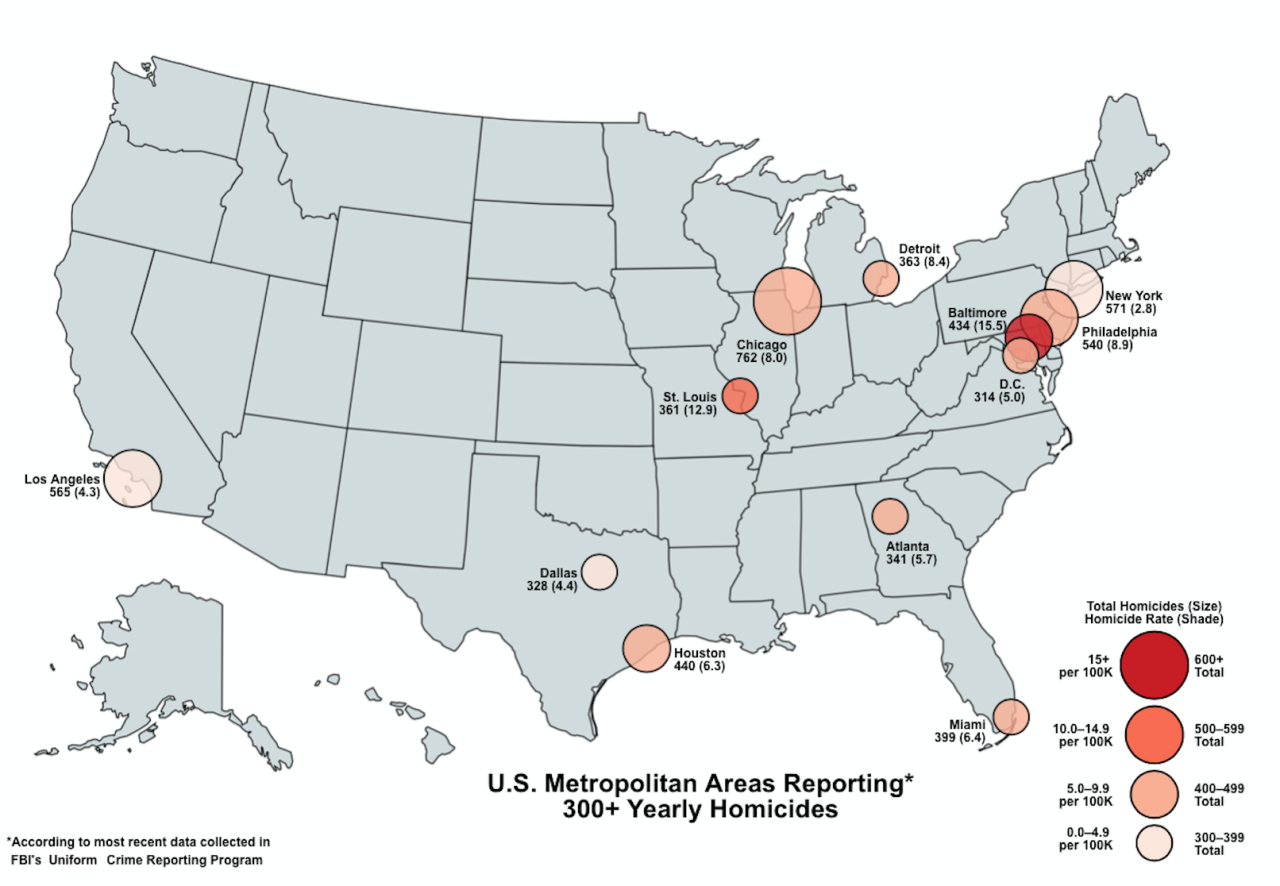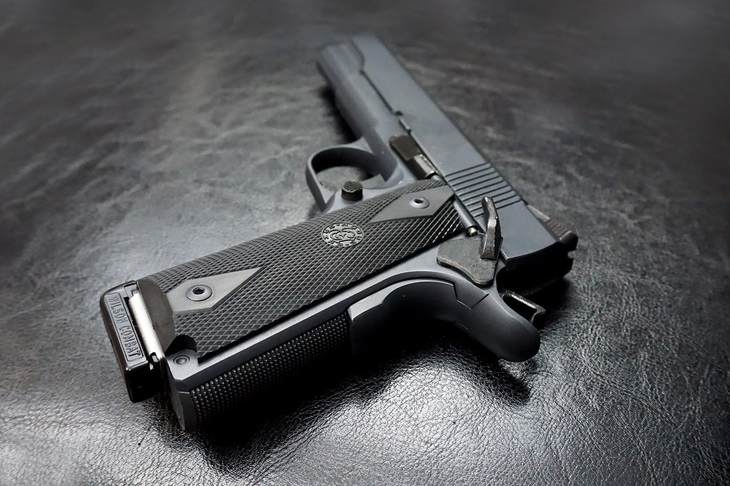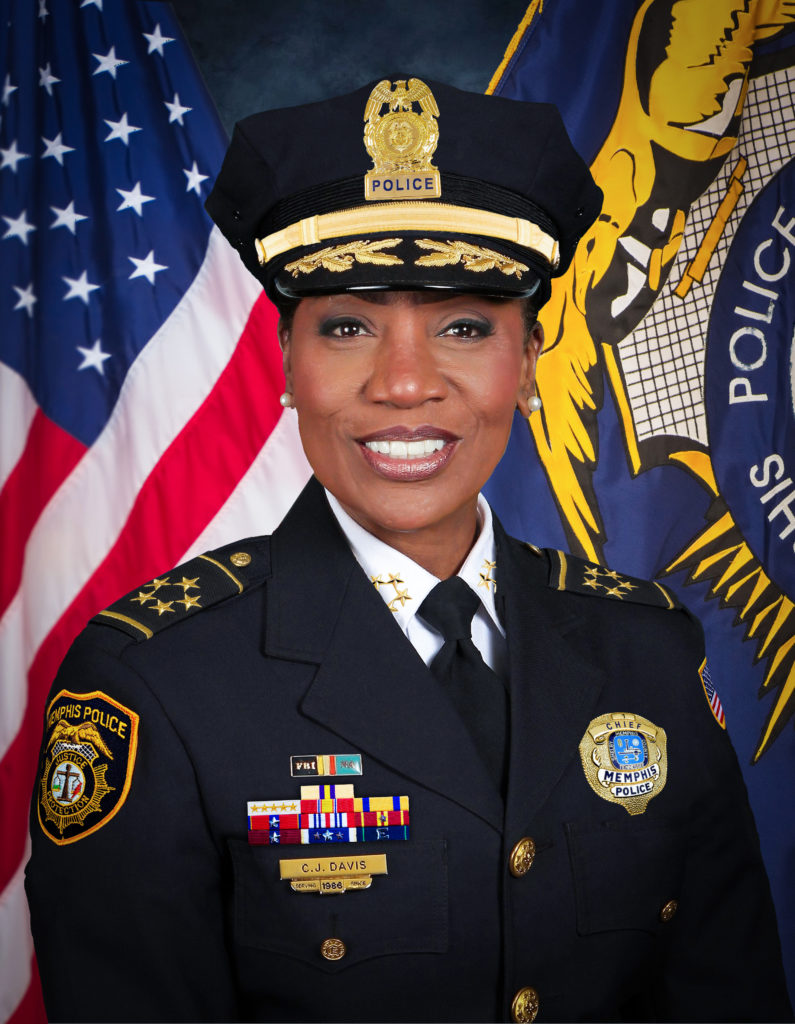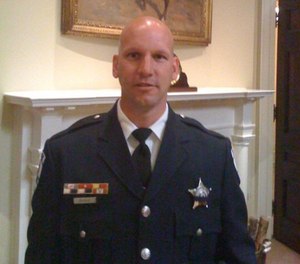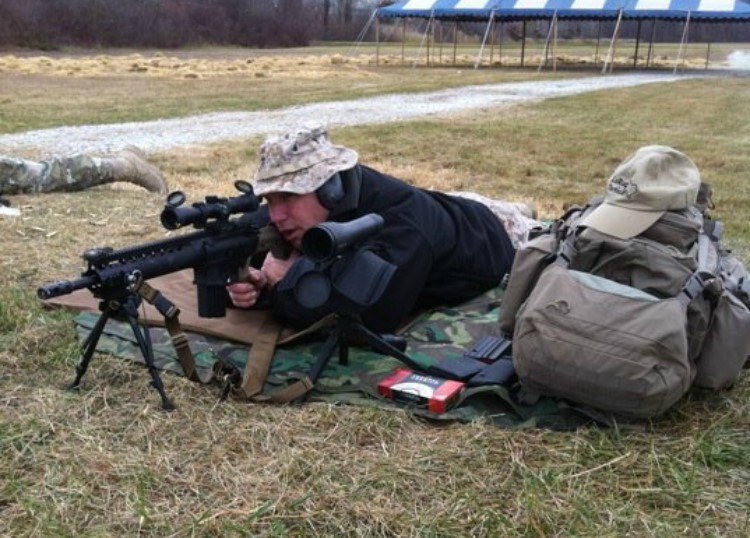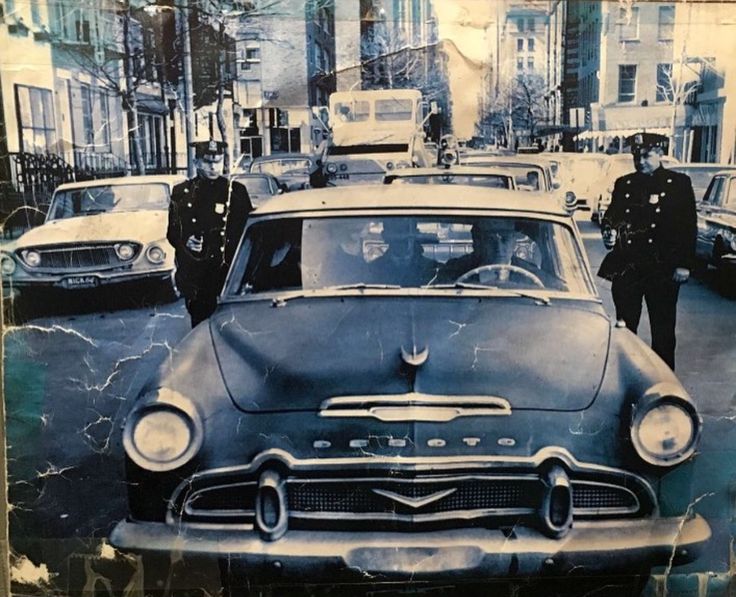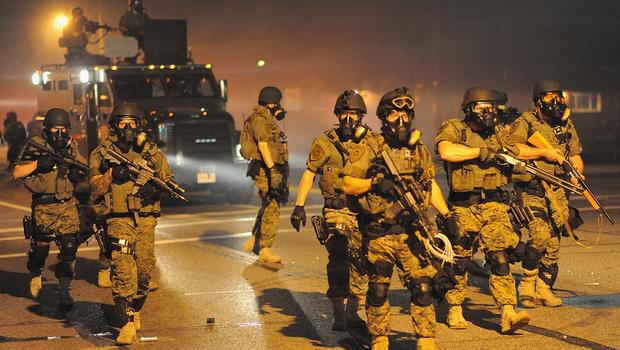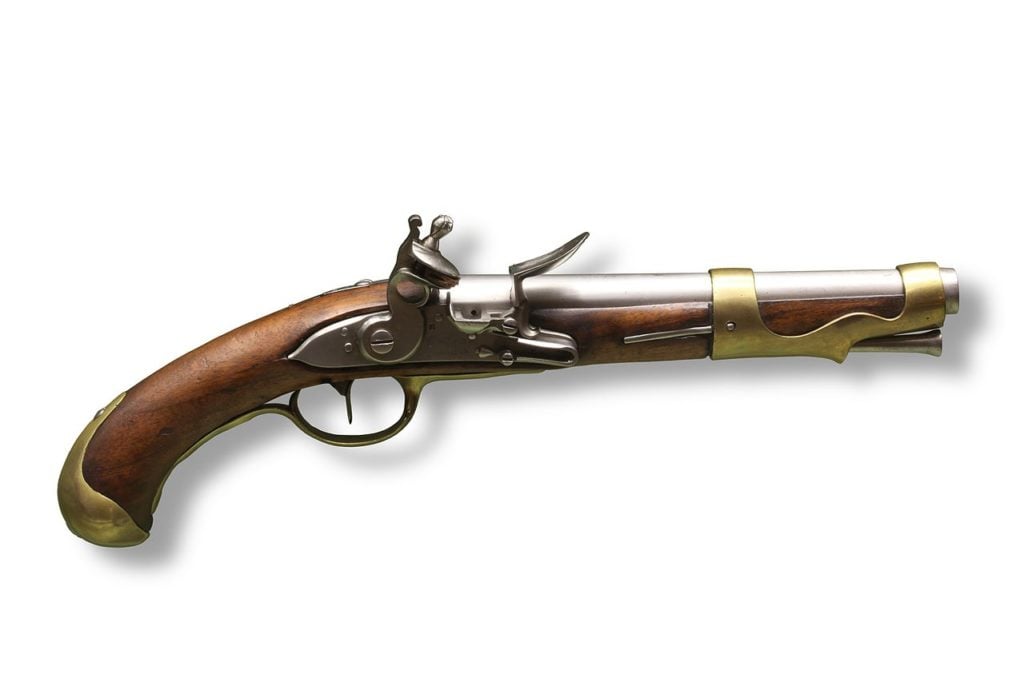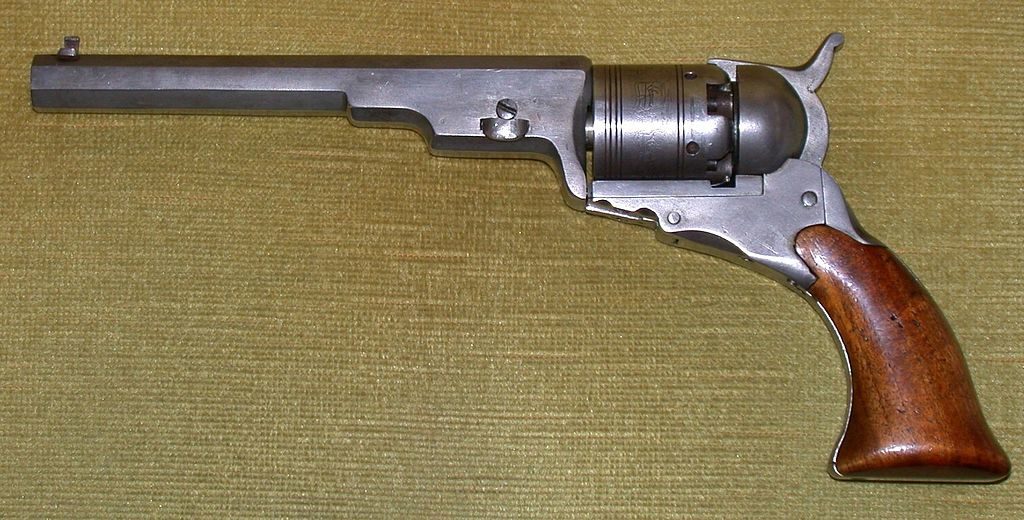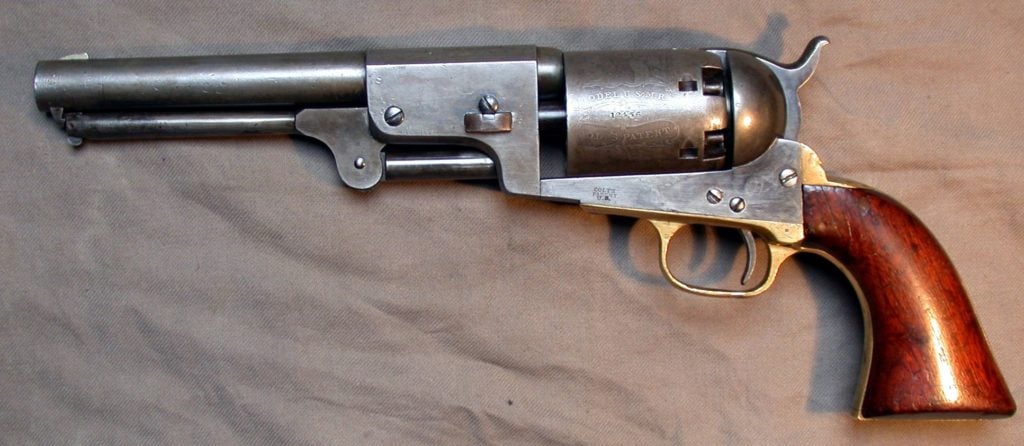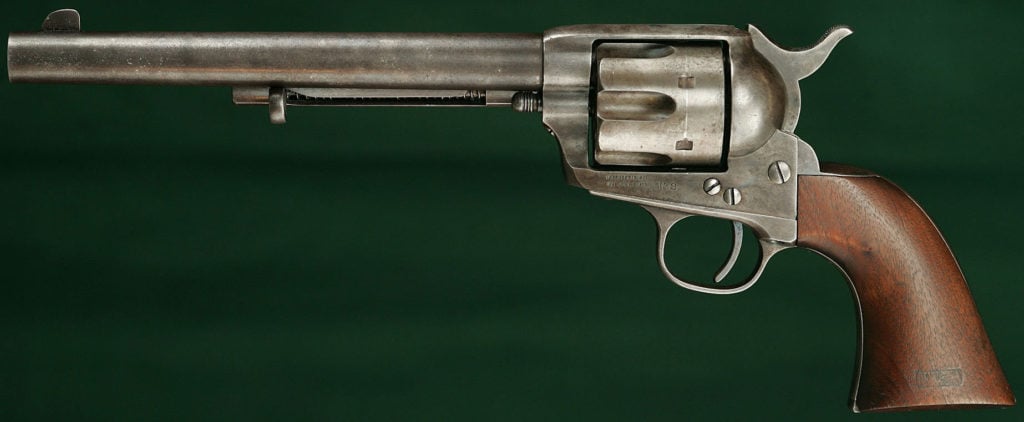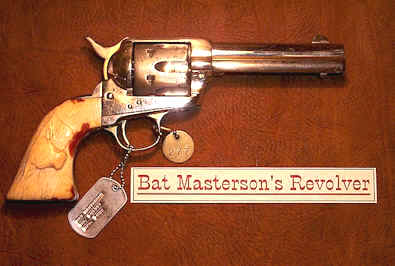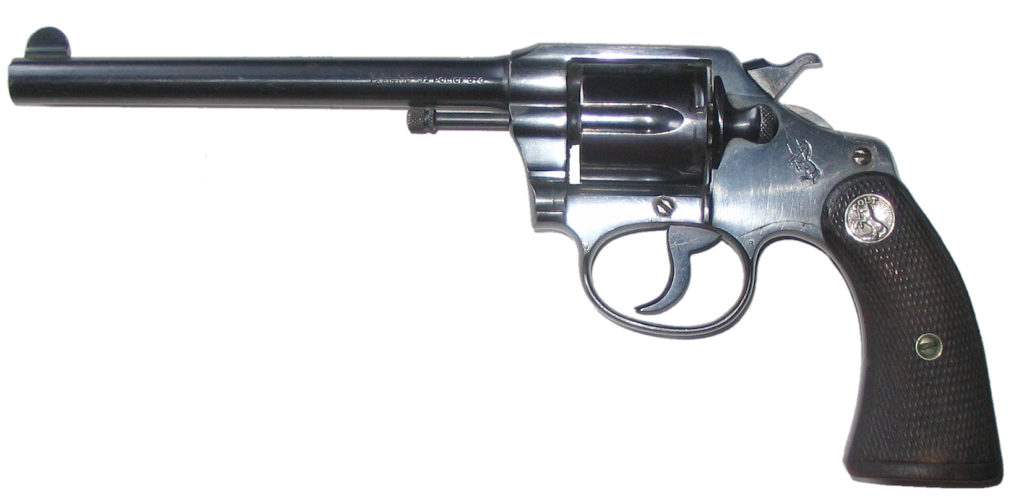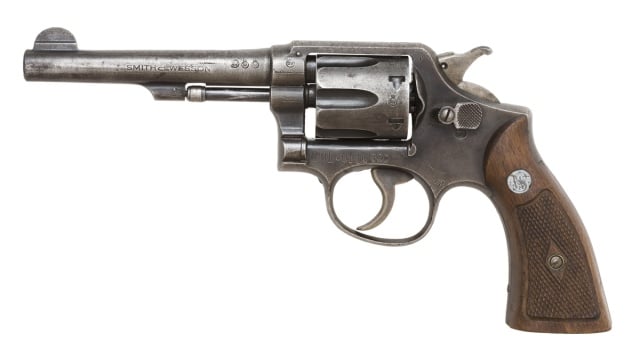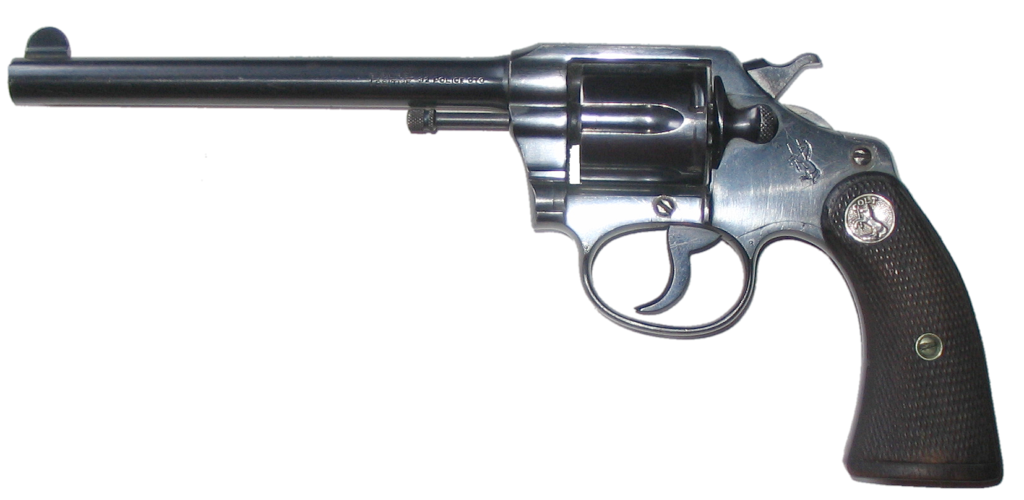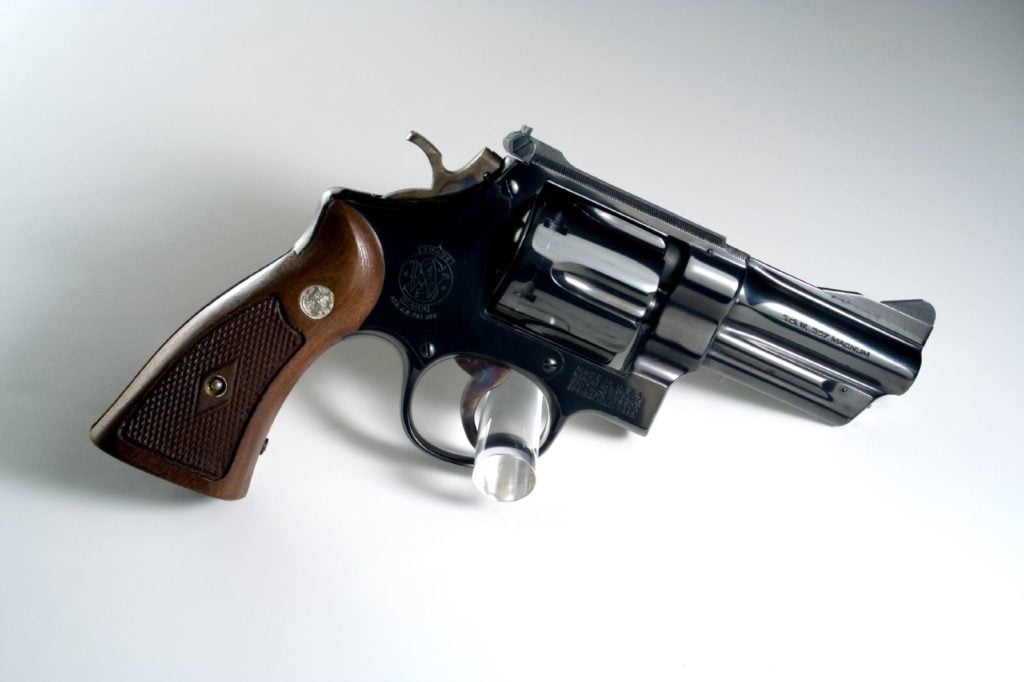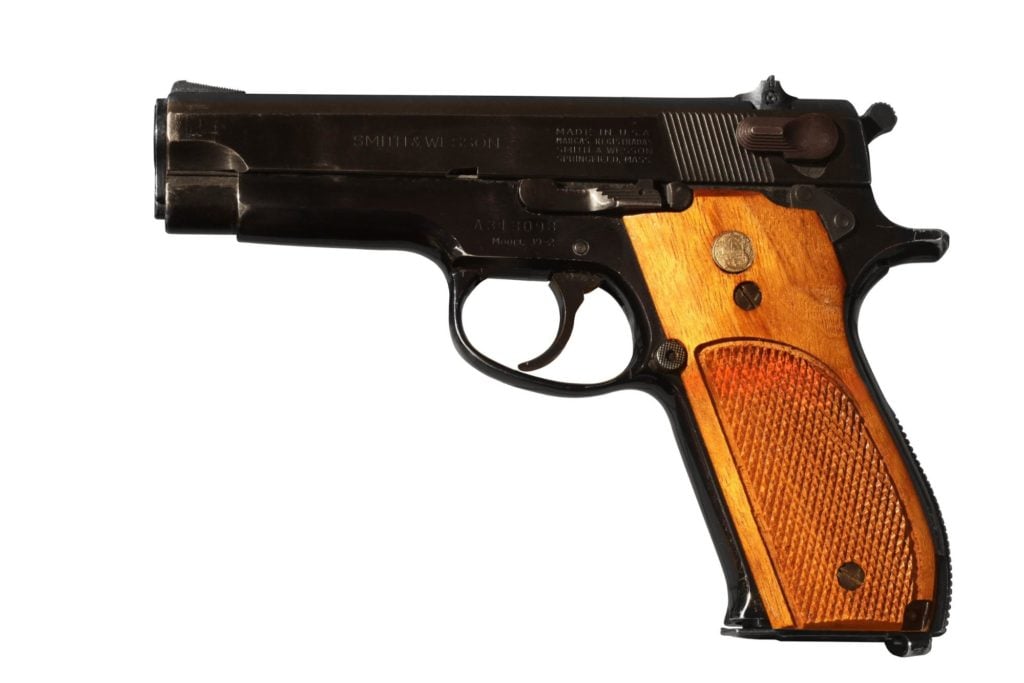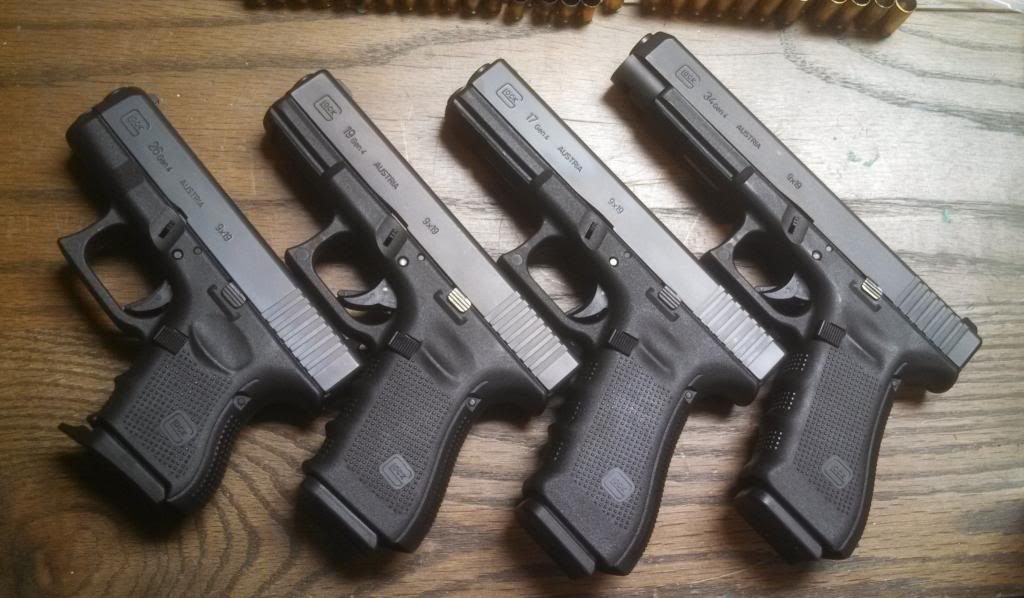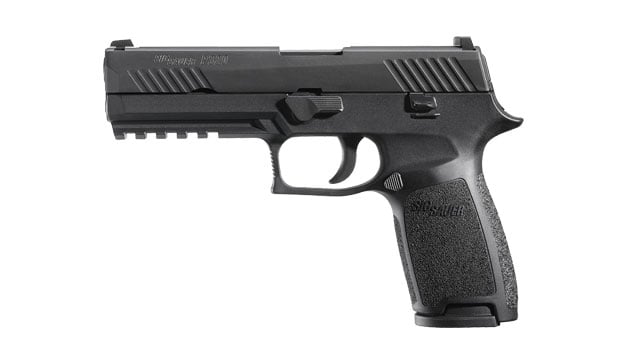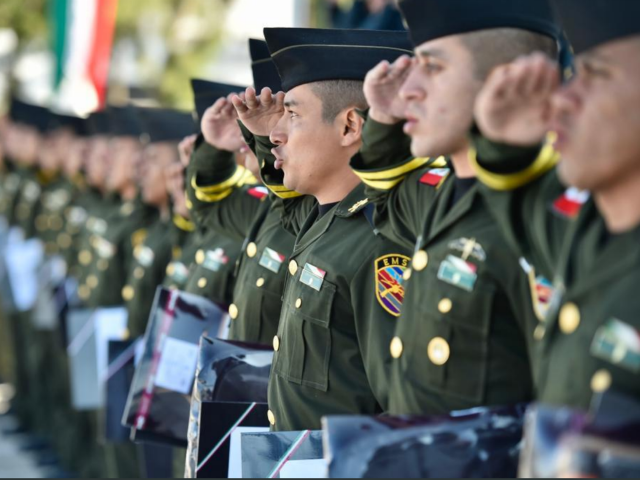
It was the most controversial unit ever assembled by the New York City Police Department. Its members were the Green Berets and Navy SEALs of the NYCPD. Forty men were thrust into the most dangerous assignments devised for a police unit.
The Stakeout Squad was a unit within the NYC Emergency Squad. The Emergency Squad was a dangerous assignment in itself. When a precinct or a cop was in trouble, it was the Emergency Squad that was called for. They handled everything from airplane crashes to SWAT assignments. I was a member of the Emergency and Stakeout Squads, and it was the most exciting time in my life.
I loved working in both units and was proud to serve alongside such heroic police officers. I never considered myself exceptionally brave or courageous. In fact, I was somewhat ashamed of the feelings of fear that came over me in my first gunfight. Looking back at what I boldly did while in the stakeout unit, I questioned myself as to where the courage came from. Was it the courage of my comrades rubbing off on me, or was it the Greek Spartan blood of my grandparents flowing through my veins? My wife held a much lower opinion as to the reason for my heroic exploits. She told a concerned neighbor that I was such a coward that I would never even let the police department take my blood or stick a needle in me, much less let someone cut me or shoot my hide full of holes. I kind of prefer the other reasons for my acts of courage.
In many ways, being on the Stakeout Squad was a thankless job. It was started by a bold police commissioner, Howard Leary, but later came under an ultraliberal police administration. The liberal hierarchy condemned us as assassins, while the frontline police officers looked up to us as heroes.
It was the police bosses who had no knowledge of gunfighting who thrust us into danger. Had they listened to the expert gunfighters who made up the unit, we would not have had to resort to as many firefights as we did. But since we were only line officers, they let unknowledgable upper brass set up the stakeouts. They would put us in such close proximity to the robbers that we knew we would never recover in time if they decided to shoot first. We would not have the luxury of time to see if our armed robber would capitulate.
ONE INCH AWAY FROM DEATH
During training sessions, I instructed my fellow stakeout members to shoot if they did not see the robber throw down his weapon quickly when the officer made his confrontation and verbal warning. One of my men took offense to this instruction. He asked, “Are you telling me to murder these guys while I have a shotgun and a vest on?” I repeated, “If they don’t drop their weapon the moment you yell at them to do so and they see your POLICE letters on your vest, I want you to blow them out of their socks.” He shook his head in disagreement and did not speak to me for the rest of the training session.
Three days later this same officer challenged a robber in a liquor store on Second Avenue in Manhattan. He later told me, “Jim, you were right. I almost bought the farm.” He said that at the moment he came out of hiding from the back of the liquor store and made his challenge, all he saw was a gun flash in the robber’s hand as he quickly turned and faced the officer. One bullet struck the officer square in the vest over his chest. The instantaneous second shot passed just an inch past the officer’s right ear and imbedded itself in the door frame behind him.
After he related the story, he shook my hand and apologized for doubting me. He then took a transfer form, filled it out, and left the Stakeout Squad. I forgot to mention that he quickly recovered after the second shot and started pumping the Ithaca Model 37 shotgun, blowing the gunman through the glass entrance door right out onto Second Avenue.
MARTY AND BENNY
I also had a comedy team in the Stakeout Unit, who I will call Benny and Marty. Ben resembled a muscular Lou Costello and Marty was the spitting image of Andrew Dice Clay and just as raw and funny. To this day I still wonder if they are related. During training sessions I tried to emphasize to them that at least one man had to be alert and on point at all times once they cross the threshold of a stakeout, but they never took me seriously.
The story that I am about to relate to you will seem unbelievable, but it is totally true. Marty and Ben were doing a 4 P.M. to 12 A.M. The stakeout was a drugstore in Brooklyn. Since it was near dinnertime they stopped to get a pizza. They walked into the drugstore with their takeout pizza, but instead of one man getting into the point position, Marty and Benny decided to sit at the back of the prescription counter and eat their hot pizza together, like the buddies they were. (The “point” was the term we used for the man on watch. In this case the point position was in the stockroom sitting on top of a phone booth. The phone booth was imbedded in the stockroom wall with its entrance flush to the store proper. It was a very good tactical setup. We always tried to get a high observation view.)
I can imagine the look on their faces, with a mouthful of pizza, when they spotted the upraised hands of the drugstore clerk heading their way. Right behind the clerk they saw the raised hands of the pharmacist moving toward them. They dove out of their chairs and scurried into the stockroom. As they waited, the robber herded the clerk and the pharmacist into the stockroom entrance. As soon as they were clear of the officers, Marty jumped out and pointed his Colt Detective Special into the middle of the gunman’s face. He yelled, “Drop the gun!” The gunman responded with a shot fired right in the middle of Marty’s gut.
Marty later told me that at that moment he thought to himself, “Cirillo’s right. You will not feel the shot with adrenaline pumping into your system.” Marty pumped six shots right into the gunman’s face, and Benny joined with five shots from his Smith & Wesson five-shot Chief. Marty told me he saw the flash of the gunfire reflected in the gunman’s eyes. He wondered, “When is this SOB going to fall?”
When Marty heard the dull clicks on his expended shells, he finally saw the gunman’s eyes flicker and then shut as he crumpled to the floor. He yelled to Benny, “Benny, I’m hit. Call an ambulance quick.” Benny asked Marty, “Where are you hit?” Marty said, “In the gut. He could not have missed.”
The pharmacist told me later that Benny helped Marty take off his shirt to look for the bullet wound. Marty had hair on his chest and belly as thick as an ape. He told me that when Benny was parting the hair, it looked like a chimp grooming another chimp. Benny now said to the ashen Marty, “I don’t see any blood or a bullet hole.” With a quivering voice, Marty said, “Geez, maybe it’s in the belly button.”
Benny asked the pharmacist for a swab. The pharmacist handed him a swab. Benny poked the swab into Marty’s belly button. He took it out and saw there was no blood. Benny said, “Marty, there’s no blood. Are you sure he hit you?” Benny then picked up and examined the gun that the robber shot Marty with. He laughed and blurted out, “S***, it’s a ***damned starter’s pistol!”
Marty, still white with shock, sat down to recover. Benny got on the phone to report the shooting. He stood over the downed and evidently dead robber and called in his description. “I got a male black, 6’2” or 6’3”, weight 270 or 300 pounds, age uh, uh, 32 years.” With that the robber suddenly opened his eyes and said, “S*** man, I’m only 26. Hey officer, can I have a tissue? I got blood in my nose.”
Benny’s hair stood up on the back of his head, as he swore nobody could live with two revolver loads pumped into his head and face. Marty jumped out of the chair and felt his trigger finger twitching against an imaginary trigger. Then they both grabbed the gunman’s hands and handcuffed him. He again asked for a tissue. Benny gave him a tissue. The robber blew his nose with a disgusting gurgling sound. As he blew his nose, a spent bullet fell out plop! to the floor.
The ambulance originally called for Marty now arrived. Benny was wondering, “How are we going to get this 300-pound gunman through the tight passage of the prescription counter?” He said, “Marty, we better call Emergency Service to get a body bag with handles to lift this guy.” The gunman then sat up and told Benny, “Give me a lift, man. I’ll get up.” Benny and Marty pulled the felon to his feet. They supported him, fearing he might collapse. He pulled away from their grasp and started to walk to the ambulance waiting outside without the slightest wobble or any sign that he was injured.
Benny grabbed the gunman in the normal arrest mode and handcuffed him properly with his hands behind his back. Benny looked at Marty in amazement. They could not believe that this guy was so mobile with 11 shots in his head and neck.
At the hospital, Benny found out that not one bullet had penetrated the robber’s skull. Each one had pierced the scalp, skidded around the skull and jaw bones, and exited. He later told me that he now knows I was right when I argued with the police hierarchy about how inadequate the 158-grain lead .38 Special load was.
THE TIMEX CAPER
My comedy team wasn’t finished yet. These two characters still never took stakeouts seriously. No matter what instructions or advice I gave them in my training sessions, they still did things their way. They were so funny that I still, to this day, miss and love these two characters.
Marty and Benny were staked out in a chicken fry shop. Their scheduled assigned pickup was at 10 P.M., even though the shop stayed open till 11. At 9:55 they picked up their protective vests, broke down their 12-gauge Ithaca shotguns, and packed up their service guns and gear. They now were armed only with the same off-duty 2-inch Colt and Smith & Wesson handguns that they used in the drugstore shootout. As they were locking up the suitcase carrying their protective vests, they heard a voice coming from in front of the wall they were concealed behind state, “OK, mother****er, I know dem cops is gone 15 minutes ago. Gimme all your cash or I’ll blow your ****ing brains out!”
Marty and Ben looked at each other in amazement. The thought running in their heads was, “This can’t be real. It must be some stupid ***hole making a joke.” As Benny peeked around the wall, he could not believe his eyes. Here was a robber with a cocked .45 in his hand. He nodded to Marty, and they both popped out with their off-duty revolvers. The robber spotted them and ran for the door while raising the .45 in their direction, trying to cover his escape. Before he could drop the safety or fire a shot, Marty and Benny opened fire. Both aimed low on the gunman’s butt to keep their shots heading downward. They were afraid of shots going parallel out into the dark street. The gunman toppled into a heap just before the store entrance. He lay there moaning and yelling, “Oh s***. You ain’t supposed to be here. Oh s***. ***damn.” He was actually resentful that the cops were not playing by the rules and that it was unfair for them to be there. When Benny searched and handcuffed the gunman, he noticed that the Timex watch on the gunman’s wrist was 15 minutes fast. Benny laughed, looked at Marty, and said, “Hey Marty, maybe we should call John Cameron Swayze and tell him Timex watches catch crooks!”
After this stakeout I always referred to my comedy team as the “Two Proctologists.” (This stakeout also gave us new information. We found that whenever we shot gunmen in the pelvis or butt, they were knocked off their feet. They could still be dangerous, but at least their aim would be disturbed.)
THE BORN LOSER
This next occurrence I call the case of the Born Loser. It involved a sharp team that did as I asked. I will call them Kelly and Mac.
They had just arrived outside their assigned stakeout and were unloading their equipment from an unmarked car. Mac grabbed the case with their protective vests, listening device, and shotgun ammo. In his left hand he had a gym bag with his leather gear and service revolver. He started to walk to the assigned stakeout, an A&P supermarket, while Kelly was getting the shotguns and another equipment case out of the car trunk.
As Mac was walking toward the A&P, he heard a voice behind him that sounded as raspy as Louie Armstrong say, “Drop the bag, mother******, or I’ll cut your ***.” Mac turned around to see a large, muscular black man pointing an 11-inch knife at him. Mac jumped back as he swung the heavy suitcase toward the knife, attempting to knock it out of his hand. The case was too heavy to swing fast, and the felon was able to jump back before the suitcase struck him. Mac dropped his gear and quickly drew his Colt Detective Special. He yelled to his opponent to drop the knife. To his surprise, the robber yelled back, “Come and get it, mother******.”
By now Kelly heard all the yelling and looked toward Mac and the big black man in a Mexican standoff. Kelly and the plainclothes highway cop who drove them there crept up behind the man, signaling Mac to be cool. They grabbed the robber by his pants cuffs and pulled him off his feet. Mac joined in, and the three of them did a sort of Irish jig on top of the felon until he dropped the knife.
Later that evening I called stakeout headquarters, and Kelly answered the phone. I asked, “Kelly, aren’t you supposed to be on the A&P stakeout?” He then told me of Mac getting mugged as they were on their way into the store. Kelly then said, “Guess what, Jim? This is funny. This is the first day out of Sing Sing for this ***hole. He just finished a 15-year term.” I asked, “What did he get the 15 years for?” I heard Kelly chuckle over the phone. He then replied, “He tried to mug a cop!”
CIRILLO’S PUCKER FACTOR
I also had a close call in the very same drugstore that my comedy team was involved with, the one where Marty thought he got shot. I was seated on top of the telephone booth imbedded in the stockroom wall, the same watch point where my pizza eaters should have been when they were surprised by the upheld hands of the sales clerk and pharmacist. From my vantage point I could see who entered the store and approached the cash register. The sales counter was across the aisle, facing me.
A shady-looking individual who fit our hold-up man’s profile entered the store. He went right to the pharmacist, who was behind the cash register. I could only see the back of this suspicious individual. He took something out of his pocket quickly. He had his back toward me, so I could not see what was in his hand, which was pointed toward the pharmacist. At this moment, the individual muttered some gruff, unintelligible words. The pharmacist quickly raised both hands over his head and said, “Don’t get excited, don’t get excited!” I aimed my revolver between the shoulder blades of the individual and took up 3 pounds of pressure on my trigger. I wanted to be sure there was a gun in his hand before I challenged him.
I was ready to take up the remaining 5 pounds of pressure on the trigger in the event he did not drop the weapon after my challenge. I whispered to my partner, “Bill, it looks like a hit.” At that moment I saw the pharmacist bring down his hands, reach for what was in the individual’s hand, and say, “I’ll exchange it, don’t get excited.”
I felt my heart beating faster than usual and the adrenaline surge through my body. I don’t know if it was caused by what seemed like a combat situation or by the thoughtless action of the pharmacist that placed a customer only 5 pounds of pressure away from death.
I was totally pissed off. I thought to myself, “I am going to teach this pharmacist a lesson.” I told my partner to calm down, as I could see he was now experiencing an adrenaline rush. I explained to Bill what happened and told him to get the pharmacist and tell him I wanted to see him.
Sol, the pharmacist, came behind the stockroom and approached the phone booth I was sitting on top of. He looked up and said, “What’s up, Jim?” I explained how close I had come to blowing away his customer. His mouth opened wide as he stated, “Oh my God.” I then told him that if we had shot the innocent customer we would have covered it. He asked how. I told him, “We would have shot you and said he did it robbing you, and that would have covered us.” Sol turned ashen white, walked back out to the counter, and for the next five days we were there he never raised his hands above his elbows. Bill and I laughed every time one of Sol’s customers noted his restrictive movements and asked if he had bad arthritis in his shoulders.
BIG MOUTH
As members of the Emergency Squad stakeout unit, we were exposed to many bizarre occurrences. In order to offset the gory, catastrophic, and morbid scenes we witnessed, we learned to develop an abhorrent sense of humor to help shield our psyches. This was common among the members of the Emergency Squad, but it was not always appreciated by nonmembers.
One night on a graveyard shift I was working as an Emergency Squad officer between stakeouts. We got a call about a man under a train at a Brooklyn train station. When we arrived, the stationmaster directed me to the stopped train and showed me the headless corpse that had been dragged by the contact shoe and pushed between the train platform and the wheels of the train. I observed in the 3-inch space between the platform and the stopped train that the body was totally intact except for the head, which evidently was severed by the train wheels. The clothing on the body gave evidence that this poor soul was one of the homeless New York City derelicts attempting to cross the tracks to sneak into the transit system for a free ride.
By now a crowd containing civilians as well as local precinct cops and top brass had gathered. The stationmaster suggested that we bring the train into the train barn over the repair pits so that we could get under it and search the undercarriage for the severed head. I agreed. As the train rolled out of the station, passing over but no longer dragging the body, one of the local precinct officers shouted and pointed up the tracks about 100 yards to the severed head.
It was such an unusual sight. The head was resting upright, looking right at us, as though it had broken through the floorboards between the rails. Much to my and my partner’s surprise, the precinct officer, in full dress uniform, jumped down from the platform and stated, “I’ll get it.” Without thinking, my big mouth came out with the humor normally reserved for and between Emergency Squad personnel. I looked to the crowd on the platform and said, “There’s a young rookie cop who’s going to get ahead on the job.”
My partner turned his face away from the crowd to hide and suppress his laughter. When I saw the look on the faces of the crowd and the top police brass, I knew that my comment had gone over like a fart in church.
A criminal was injured and taken into custody by the Stakeout Squad. When the case came to trial, the officer concerned (widely assumed to have been Cirillo himself) took the stand and testified that he’d been on stakeout in that store on that date at that time. He observed the accused entering the store, drawing a gun and demanding money from the cashier. He had identified himself as a police officer and ordered the accused to drop his weapon. The accused had not done so, whereupon he had fired at him. The accused fell to the ground, where the policeman disarmed and handcuffed him, then called for an ambulance.
After the prosecution had finished with the police officer, the defense attorney rose and said to his client, “Did it happen like the officer said?”

